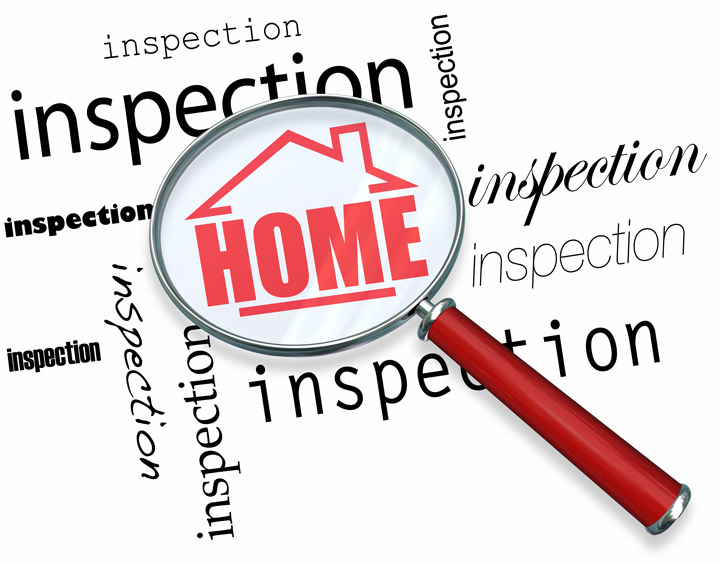
Understanding AppraisalsPurchasing a home can be the largest transaction most may ever consider. Whether it's a main residence, an additional vacation property or an investment, purchasing real property is an involved transaction that requires multiple parties to make it all happen. Practically all the participants are quite familiar. The most known person in the exchange is the real estate agent. Next, the mortgage company provides the financial capital necessary to fund the transaction. And the title company sees to it that all requirements of the sale are completed and that the title is clear to pass from the seller to the purchaser. So, who makes sure the property is worth the amount being paid? This is where you meet the appraiser. We provide an unbiased opinion of what a buyer might expect to pay — or a seller receive — for a parcel of real estate, where both buyer and seller are informed parties. A licensed, certified, professional appraiser from Stephen J. Craney will ensure, you as an interested party, are informed. Inspecting the subject propertyTo ascertain the true status of the property, it's our responsibility to first complete a thorough inspection. We must physically view aspects of the property, such as the number of bedrooms and bathrooms, the location, living areas, etc, to ensure they indeed are present and are in the condition a reasonable person would expect them to be. To ensure the stated square footage is accurate and convey the layout of the property, the inspection often requires creating a sketch of the floorplan. Most importantly, we look for any obvious features - or defects - that would affect the value of the house. Next, after the inspection, an appraiser uses two or three approaches to determining the value of real property: sales comparison and, in the case of a rental property, an income approach. 
Cost ApproachHere, we pull information on local building costs, the cost of labor and other elements to derive how much it would cost to build a property similar to the one being appraised. This estimate commonly sets the maximum on what a property would sell for. It's also the least used method. 
Analyzing Comparable SalesAppraisers get to know the neighborhoods in which they work. They thoroughly understand the value of particular features to the people of that area. Then, the appraiser looks up recent transactions in the neighborhood and finds properties which are 'comparable' to the home at hand. By assigning a dollar value to certain items such as square footage, additional bathrooms, hardwood floors, fireplaces or view lots (just to name a few), we add or subtract from each comparable's sales price so that they are more accurately in line with the features of subject property.
In the end, the appraiser reconciles the adjusted sales prices of all the comps and then derives an opinion of what the subject could sell for. At Stephen J. Craney , we are experts in knowing the value of particular items in and Bucks County neighborhoods. The sales comparison approach to value is most often given the most importance when an appraisal is for a real estate sale. Valuation Using the Income ApproachIn the case of income producing properties - rental houses for example - we may use a third way of valuing a house. In this scenario, the amount of revenue the real estate generates is factored in with other rents in the area for comparable properties to give an indicator of the current value. Putting It All TogetherCombining information from all approaches, the appraiser is then ready to put down an estimated market value for the property at hand. Note: While this amount is probably the strongest indication of what a property is worth, it may not be the price at which the property closes. There are always mitigating factors such as seller motivation, urgency or 'bidding wars' that may adjust an offer or listing price up or down. But the appraised value is typically used as a guideline for lenders who don't want to loan a buyer more money than the property is actually worth. Here's what it all boils down to, an appraiser from Stephen J. Craney will guarantee you attain the most fair and balanced property value, so you can make the most informed real estate decisions. |